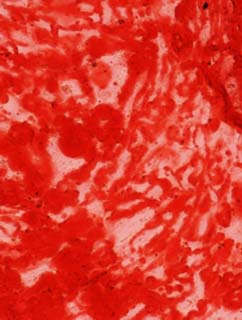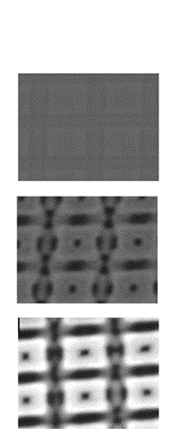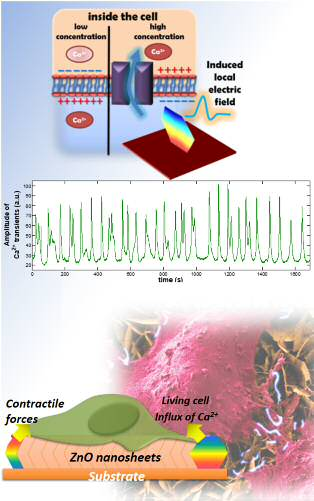Summary of the technology
CSIC has developed a biocatalytic transformation of
isophorone (3,5,5-trimethylcyclohex-2-en-1-one)
and 4-hydroxyisophorone (4HIP) to selectively produce 4-hydroxyisophorone and 4-ketoisophorone
(4KIP), valuable products for pharmaceutical, flavor and fragrance industry. The biocatalysts employed
are unspecific peroxygenases from the fungi or recombinant proteins expressed in Aspergillus oryzae.
Industrial partners from pharmaceutical, flavour or fragance industry are being sought to collaborate
through a patent licence agreement.
An offer for Patent Licensing
Environmentally friendly route
O O OH O O H2O2 H2O Enzymatic synthesis of F&F molecules 4HIP and 4KIP by fungal peroxygenases A direct chemical oxidation process of isophorone to 4HIP is not available in literature and this compound is usually synthesized by reduction of 4KIP which can be expensive as starting material. The route often employed for the synthesis of these molecules starts with the isomer β-isophorone but the rearrangement to isophorone is the main disadvantage.
Fungal peroxygenases are able to transfer an oxygen atom from H 2O2 to isophorone selectively in C-4 to produce 4HIP and 4KIP generating H 2O as the only by-product.
The selection of the biocatalyst is important since the peroxygenase from Chaetomium globosum produced mainly 4HIP, the recombinant peroxygenase from Humicola insolens fastly produced 4KIP while the peroxygenase from Agrocybe aegerita was the most stereoselective enzyme producing (S)-4HIP with 88% enantiomeric excess. In addition, the (R)- enantiomer could be produced by kinetic resolution of the racemic 4HIP by the first two enzymes.
Main innovations and advantages
· Novel simple and environmentally friendly route for the production ofisophorone derivatives.
· These biocatalysts only require H2O2 or organic peroxides foractivation, being H2O the only by-product.
· Both (S) and (R) enantiomers of 4-hydroxyisophorone could beobtained with 88 and 100% enantiomeric excess, respectively.
Intellectual property status
- Granted Patent
- Patent application number :-
Related Keywords





